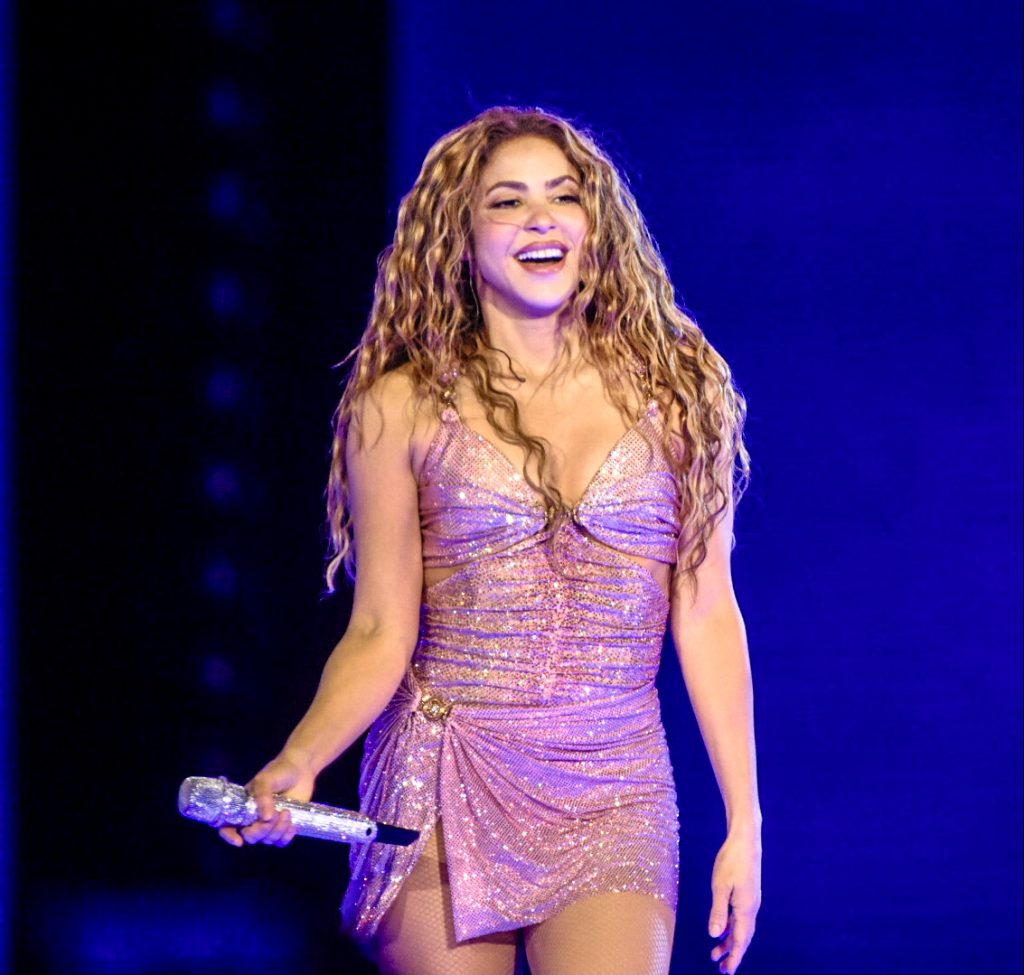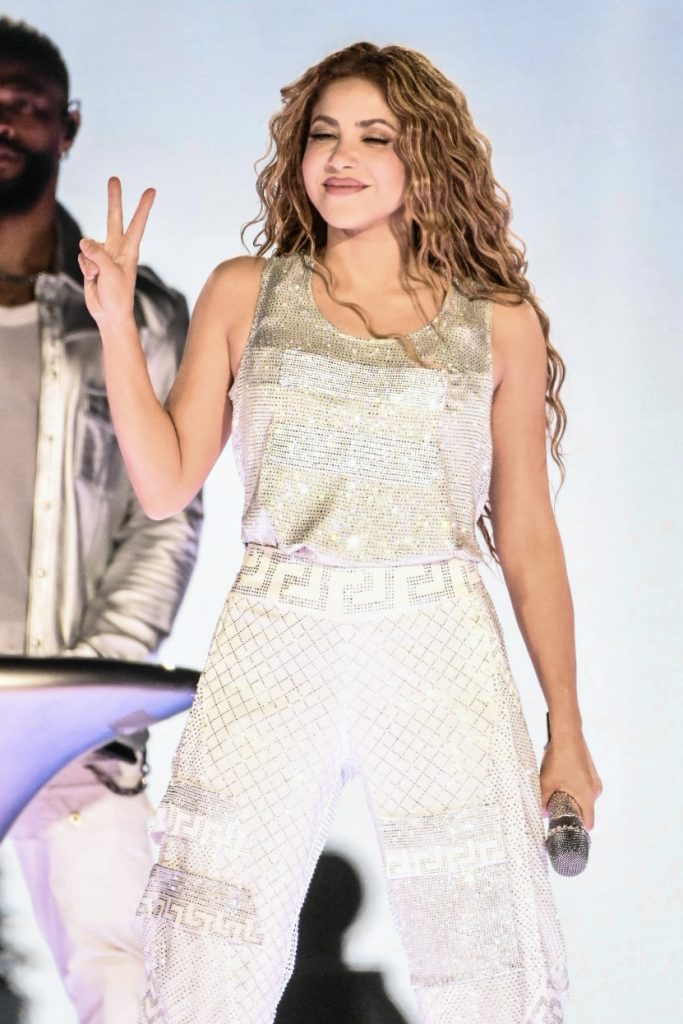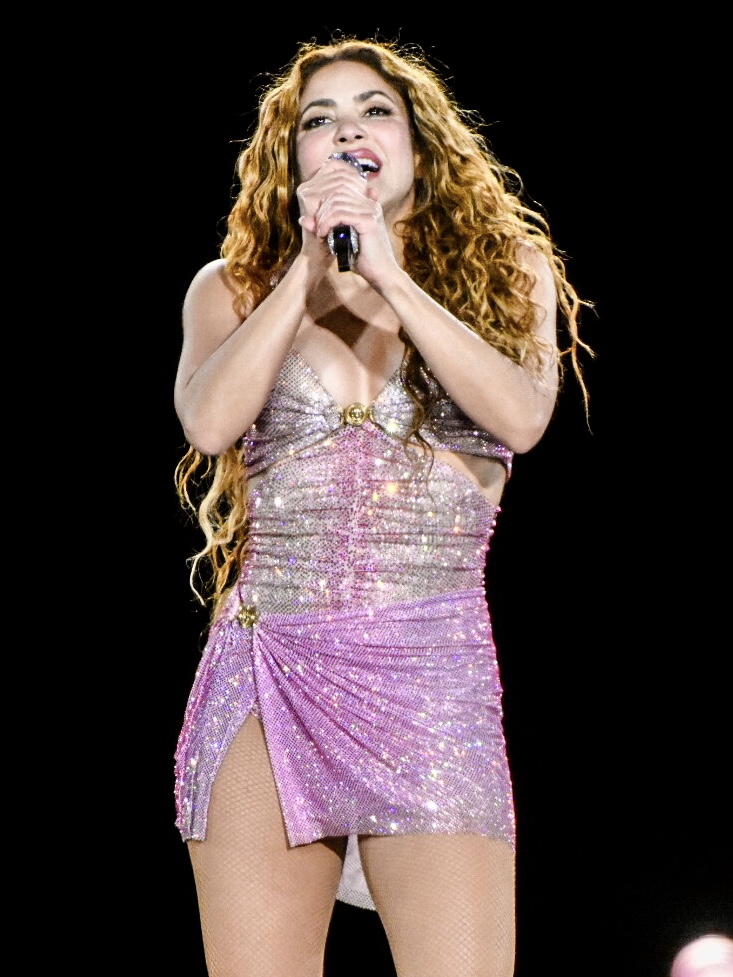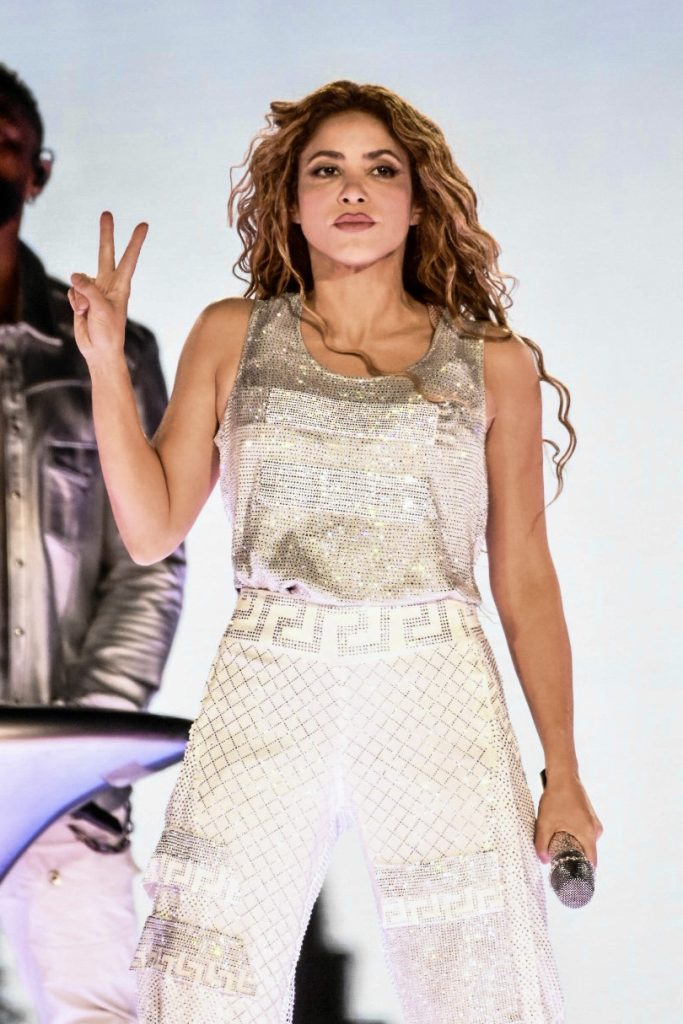Shakira Closes North American Tour in San Francisco
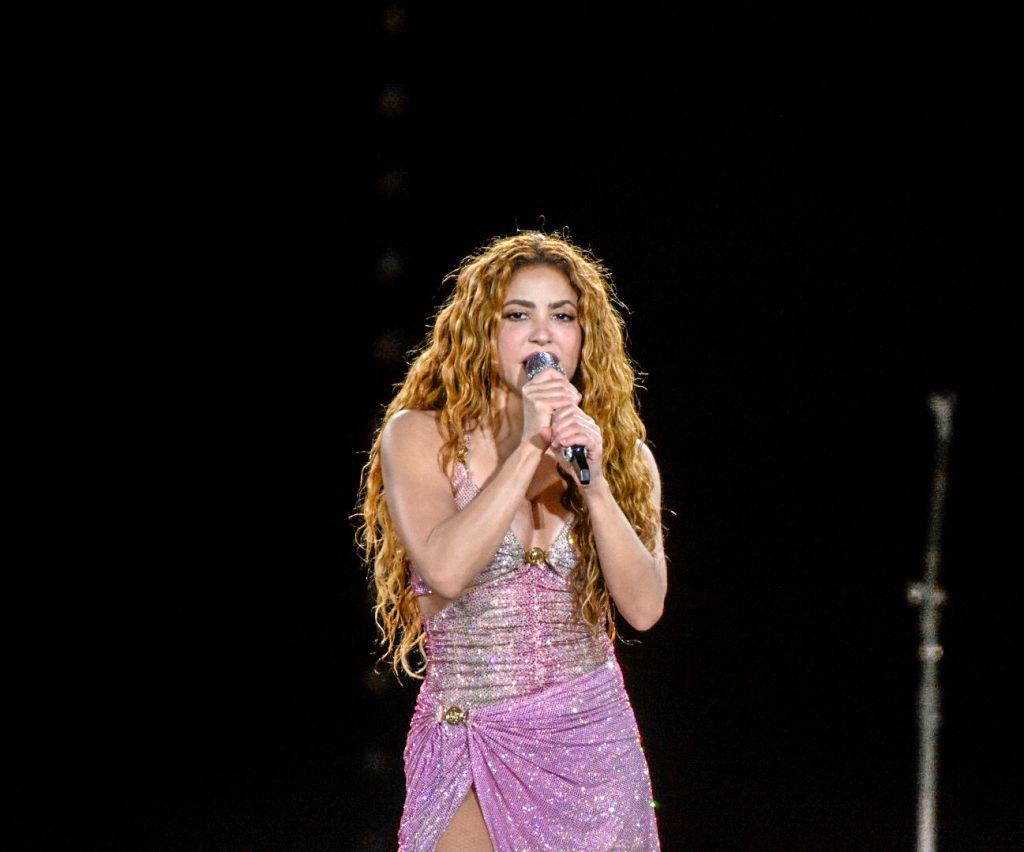
At Oracle Park in San Francisco, fans of all ages streamed into the stadium, buzzing with anticipation for Shakira’s “Las Mujeres Ya No Lloran” World Tour. The crowd shimmered in hip scarves and glowing wolf ears, LED-lit bucket hats bobbing in rhythm as excitement swelled. Some concertgoers even dyed their hair purple, a nod to Shakira’s iconic “Las de la Intuición” video. Staff handed out light-up bracelets, transforming the audience into one pulsing, united Wolfpack.
San Francisco marked the final stop of the Colombian superstar’s North American tour, and the energy was palpable. Families arrived with kids in tow, others brought along parents to share the moment, and groups of friends toasted with Modelos under the ball park’s lights. Just outside the venue, fans relaxed on blankets and folding chairs along the waterfront. “We come out here for every Oracle Park show,” said one fan. “You get the music and the water, it’s perfect.”
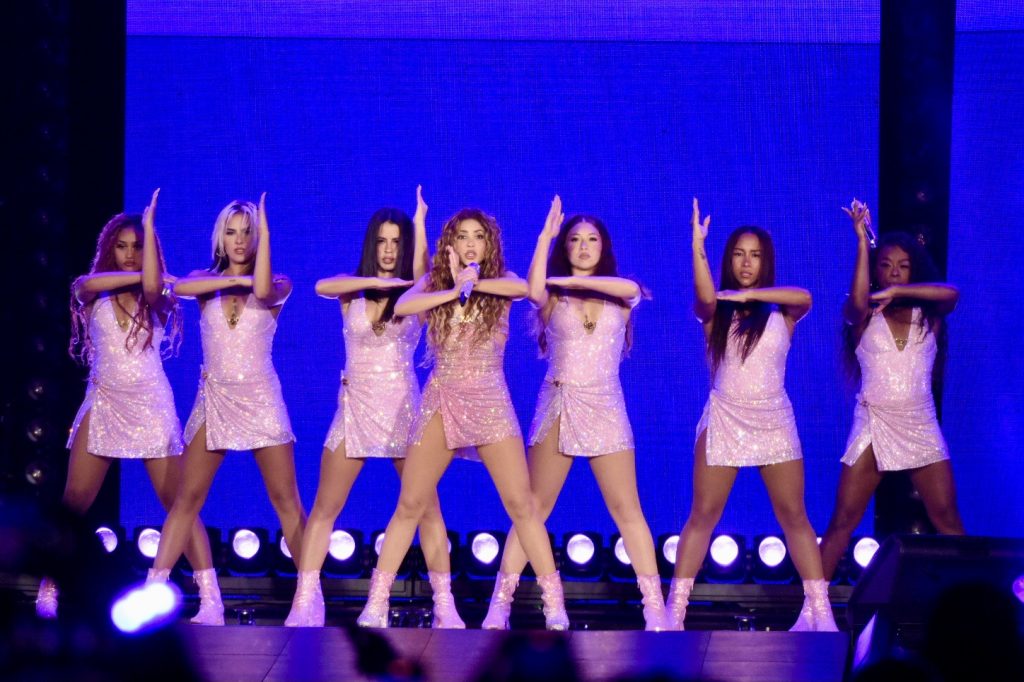
There was no opener, just rising anticipation fueled by a montage of Shakira’s videos flashing across the giant screens. A brief interlude by Kaytranada kept things cool, but the tension only built as the clock neared 8:50 p.m. Phones lit the air. Fans climbed onto chairs. And then it happened.
Shakira appeared, striding through the field flanked by dancers, clad in a futuristic silver-and-white jumpsuit and sunglasses, blowing kisses and high-fiving fans along the runway. Oracle Park erupted.The show opened with a visually arresting video: an AI-rendered, giant Shakira wandering a barren desert, collapsing into the earth only to rise again, reborn. It was a poetic embodiment of the tour’s central themes like resilience, rebirth, and feminine strength.
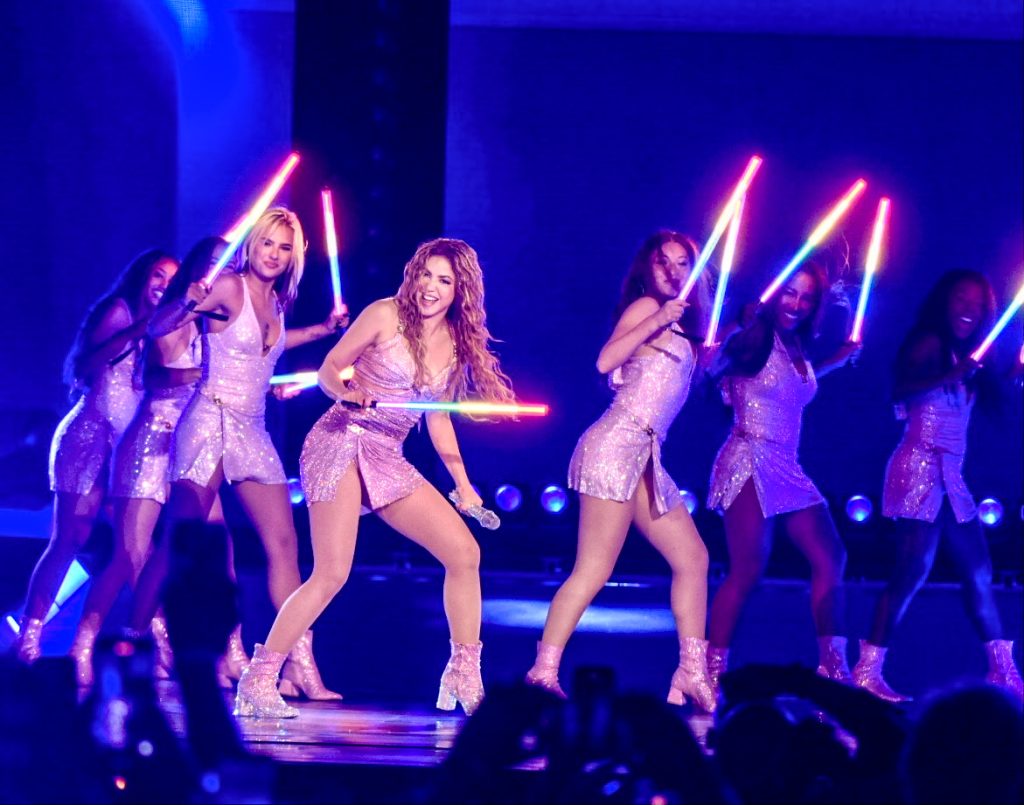
Then the music kicked in. Backed by longtime band members, some of whom have toured with her for more than 20 years. Shakira launched into “La Fuerte,” and by the second song, “Girl Like Me,” she had shed her jumpsuit for a sparkling minidress and was joined by two high-energy dancers. By the third number, a medley of “Las de la Intuición” and “Estoy Aquí,” she commanded the stage with a crew of six, delivering tightly choreographed precision with ease.
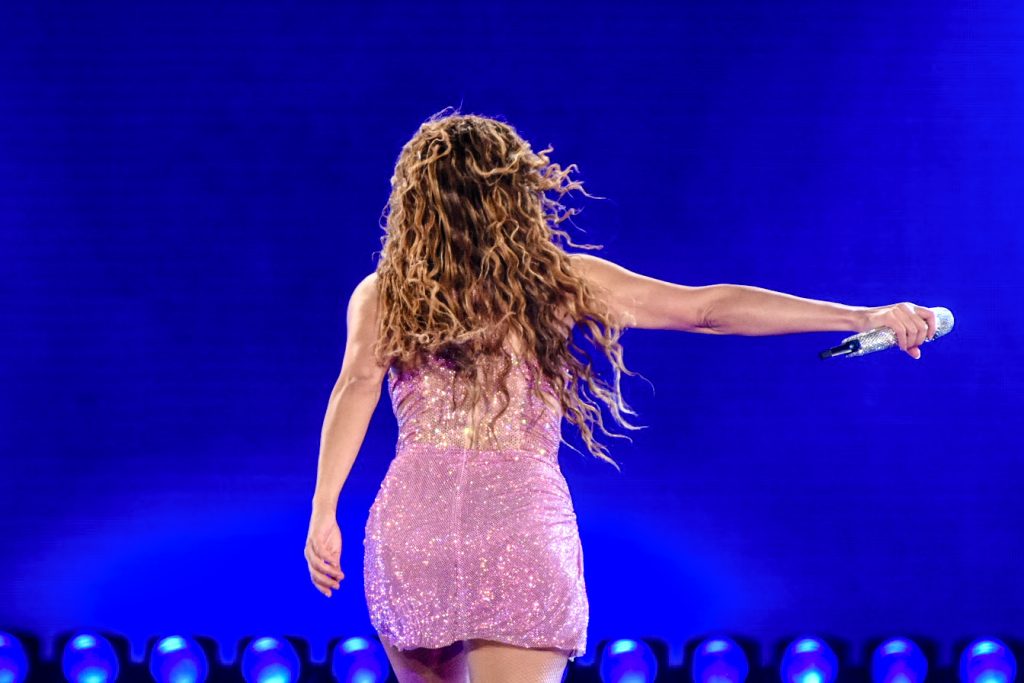
“This is incredible,” she said, beaming at the crowd. “It’s amazing to be here, reunited with all of you. I’ve been counting the days to be in San Francisco. Finally! There’s no better feeling than a she-wolf back with her pack.”
Over the course of two non-stop hours, Shakira gave the crowd everything—house beats, dancefloor anthems, Latin rock, and emotional ballads. It was a sweeping showcase of a decades-spanning catalog that kept fans on their feet from start to finish.
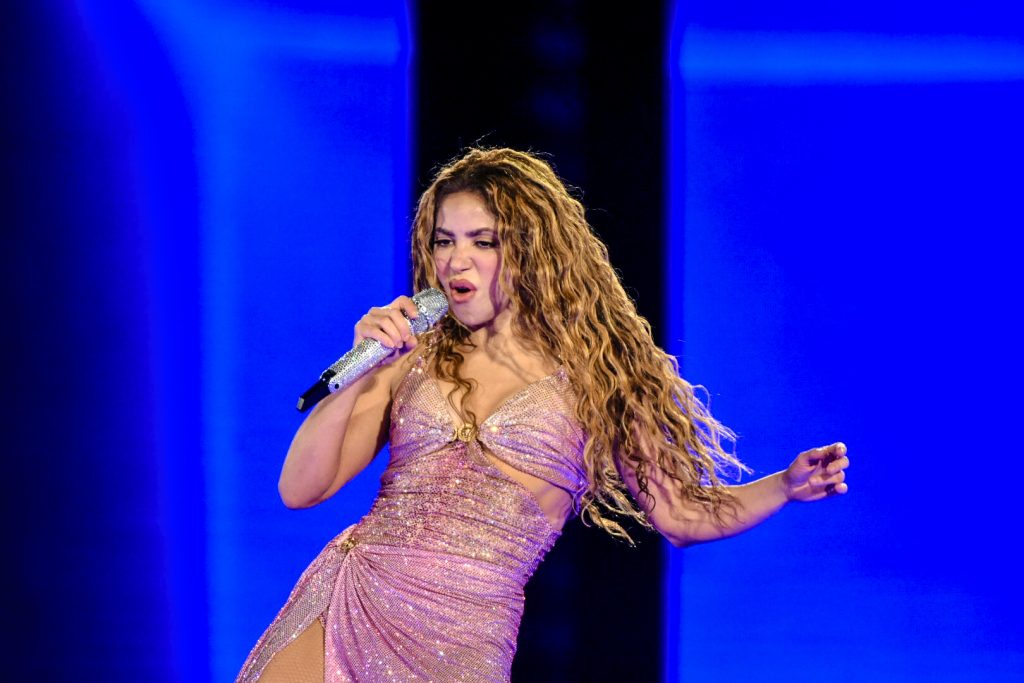
Since her breakthrough with Laundry Service in 2001, Shakira has endured both global superstardom and personal upheaval, including her widely publicized split from soccer star Gerard Piqué. Watching her now, radiant and fierce, felt like witnessing a rebirth. This was a woman not just surviving but thriving.
Cries of “We love you, Shakira!” rang out all night. Every signature move, especially those hip moves, sparked wild cheers. Her dance style, raw and instinctive, turned each number into a visceral experience. For many in the crowd, especially millennials raised on MTV’s TRL, the night was a nostalgia-fueled joyride. Every song represented a moment, a memory, an era. But this wasn’t just a look back, it was an affirmation of growth, survival, and evolution.
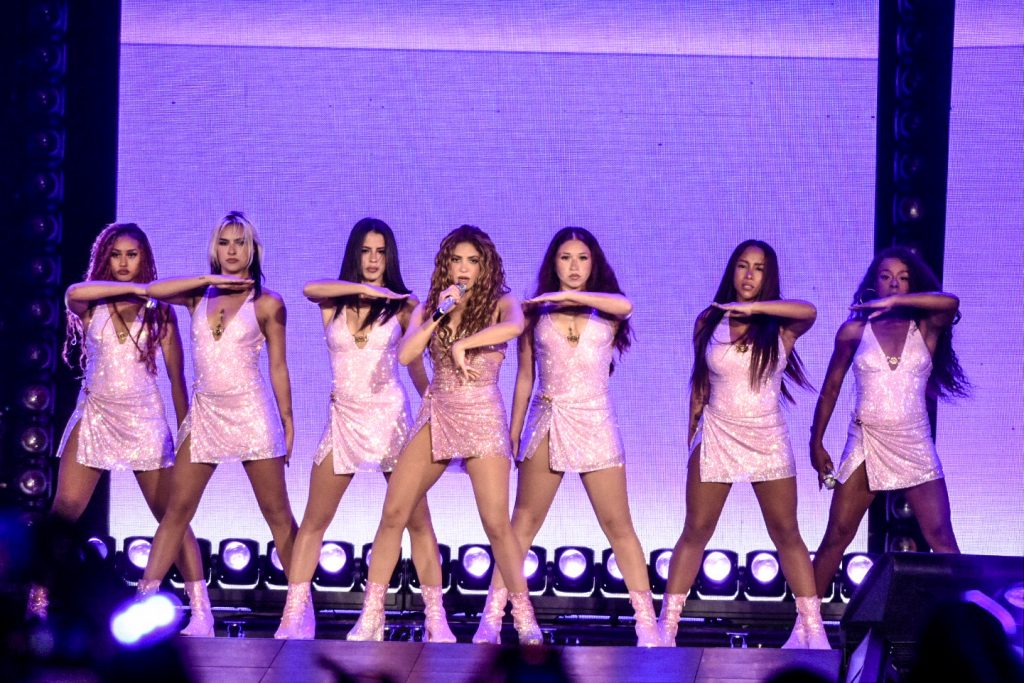
Multiple wardrobe changes, cinematic video segments, and movement that pulsed with the music transformed her set into something more than a concert. It was a statement. A celebration. A catharsis.
“Well, seeing this place this packed, it’s just insane,” she told the crowd at one point. “The last few years haven’t been easy for me, as many of you know. But falling isn’t the end, it’s the beginning of something better. And if there’s one thing I’ve learned, it’s that we women rise a little stronger, a little wiser, every time.”
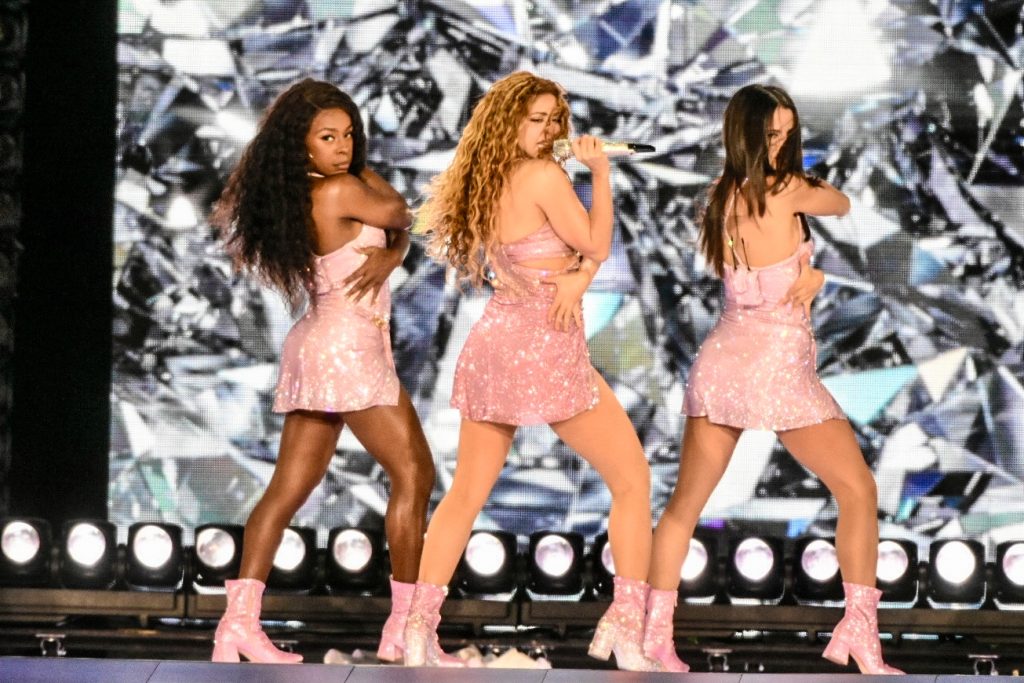
Before performing “Acróstico,” the screens lit up with an image of a mother wolf and her cubs, a touching tribute to her sons Milan and Sasha. It launched a more intimate section of the show, including crowd-favorites like “La Bicicleta” and the iconic “Hips Don’t Lie,” which had the entire stadium dancing. “Soltera” brought a different energy: one of liberation. A massive illuminated “S” dominated the stage as Shakira, newly single, delivered a powerful pole-dance performance, owning her freedom with every move.
Throughout the night, shimmering gemstone visuals served as metaphors: pain turned into beauty, tears into diamonds. A video montage traced her evolution from a wide-eyed teen to a global phenomenon, culminating in a searing rendition of “Ojos Así.” Even 25 years after its release, the track hit like a lightning bolt, proof of her enduring artistry.
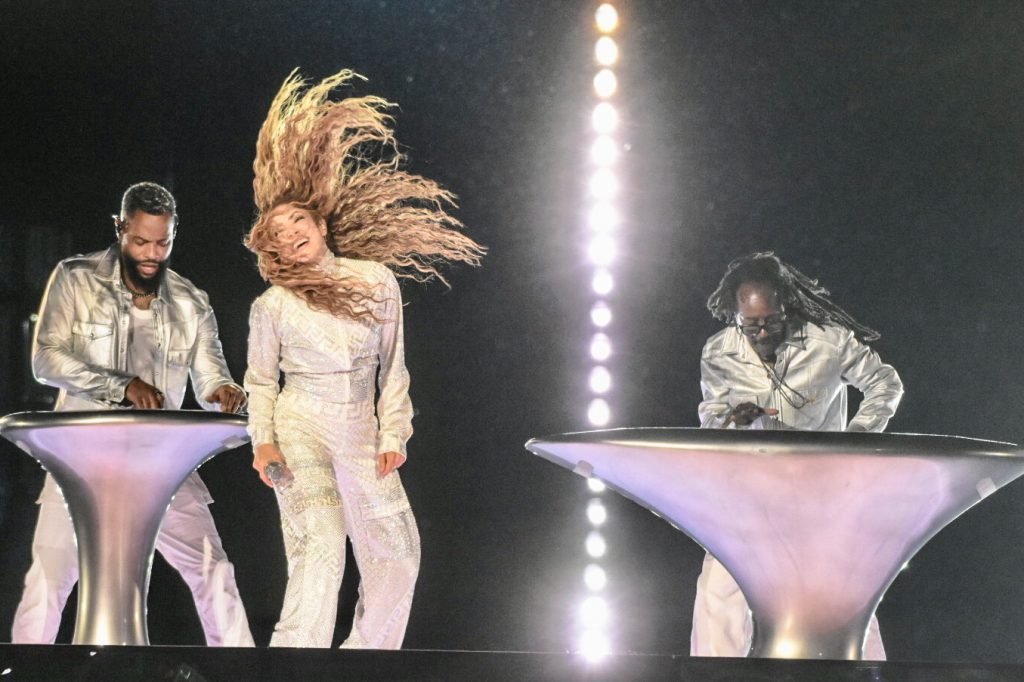
One of the most tender moments came with “Última.” Wearing a shimmering silver gown, she stood beneath a sea of twinkling white lights, accompanied only by a piano. The crowd hushed, phones raised, voices joining hers in an unforgettable, emotional chorus.
Calling her fans “the best in the world,” Shakira closed the main set with two showstoppers: a fierce knife-dance performance of “Whenever, Wherever” followed by a euphoric “Waka Waka (This Time for Africa),” her 2010 World Cup anthem that brought the crowd to a fever pitch.
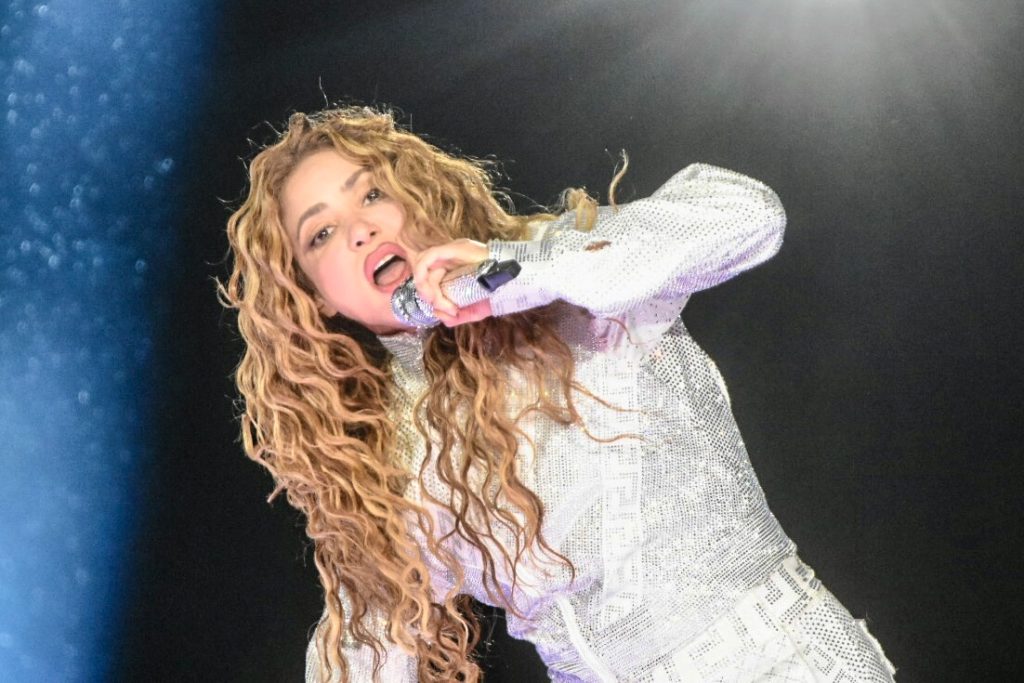
Still, the night wasn’t over.
Purple lights flooded the stadium as the screens displayed “Los 10 Mandamientos de las Lobas,” The Ten Commandments of the She-Wolves. One in particular sparked wild cheers: “You will not repress your wild nature.” Enter the digital wolf, a towering, animated creature rising above the stage, fierce and commanding. Clad in full she-wolf armor, Shakira returned for the encore, unleashing “She Wolf” followed by the viral hit “Bzrp Music Sessions, Vol. 53.”
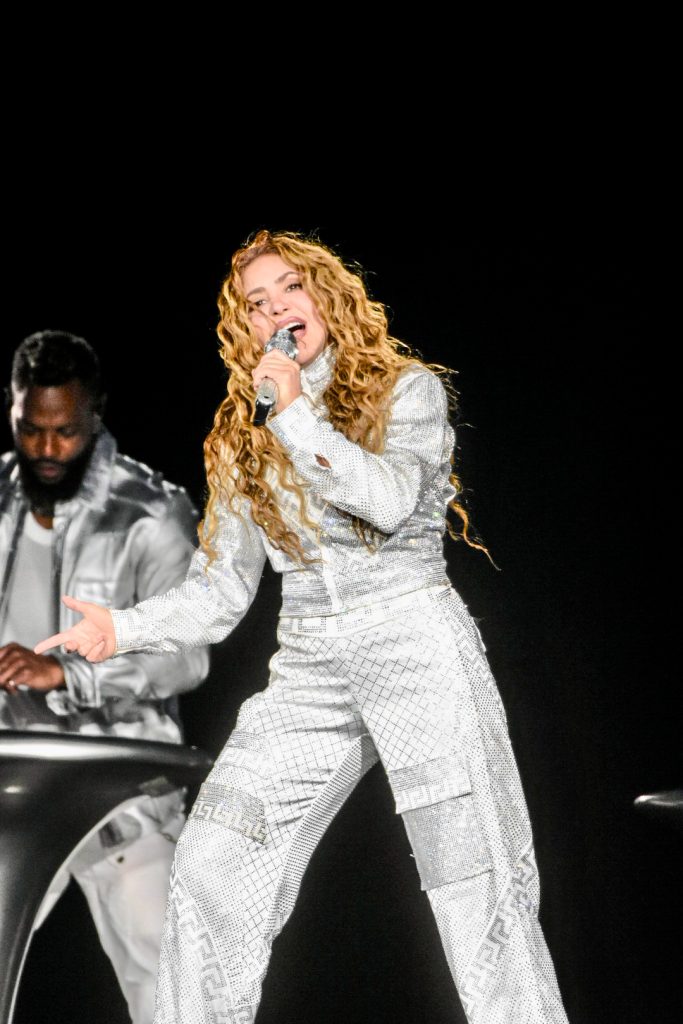
Oracle Park transformed into a massive open-air dancefloor. Thousands howled into the night, not just as fans, but as a united Wolfpack, reveling in the power, the freedom, and the wild, joyful defiance that Shakira so fiercely embodies.
Photos (c) Arik Ruiz
